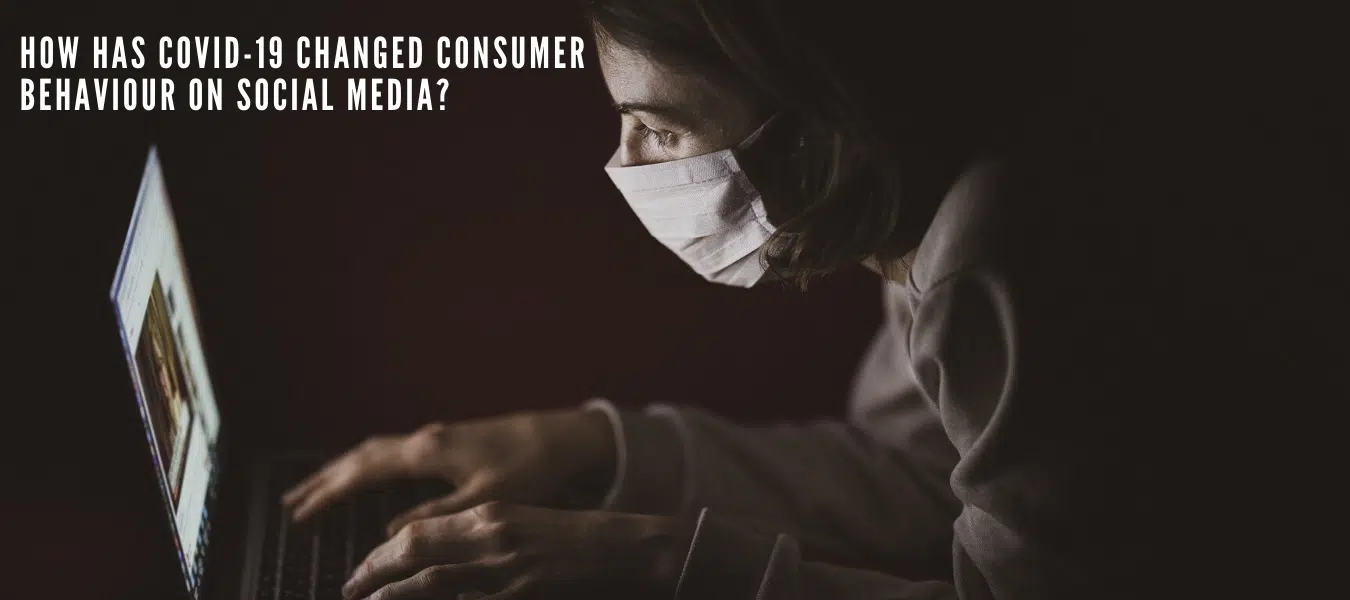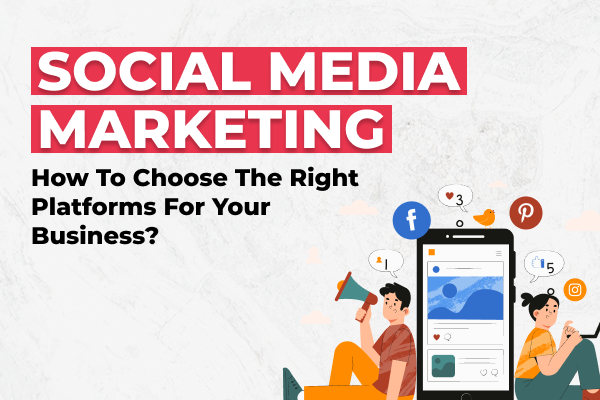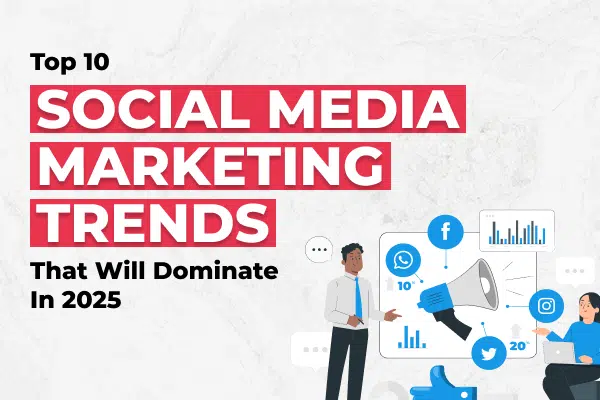For less essential or non-essential groups, a lock-down is imposed, and most of us are working from home. It is necessary to follow isolation protocols to ensure the safety of yourself and your friends and family. People are trying to kill time any way they can; some are learning new things or completing their watch list for shows and movies. While some of us are scrolling on social media trying to find something interesting or informational. So, how has the lock-down changed the face of consumer behavior on social media?
Increased Consumption:
Social media marketing has always been the most consumed form of content. Earlier, the use of social media averaged at 3 hrs. per day. People use travelling time or break time to engage in social media. Since the lock-down, the average hours have increased exponentially. With more time in hand, especially that is saved by staying home and not having to travel, the engagement rates have soared. It is observed that the time people spend on apps has increased by at least 20%.
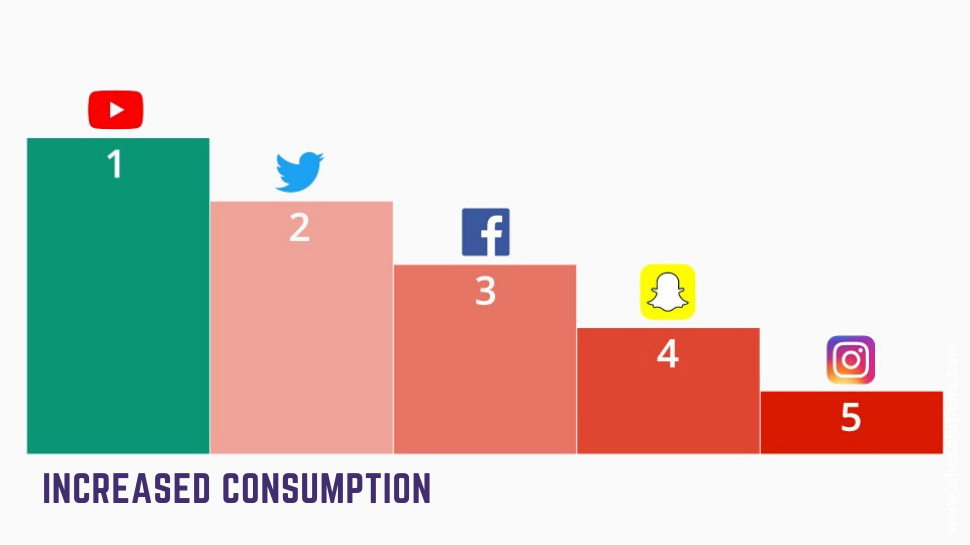
Unlike other media, social media is abundant; the supply increases with demand. It is practically impossible to run out of content to see on social media.
Appreciation for sensibility:
It is noticed that consumers do not prefer seeing brands on their social media. Brands that try to grab every opportunity to advertise, not considering the sensitivity can send out the wrong message. While, on the other hand, when a brand comes forward to help their consumers by providing them assistance or contributing in a way to help with the crisis, consumers are more enticed. It helps when brands change their means to make sure their customers are safe, like following hygiene protocols to ensure the safety of their workers as well as consumers. Ads that have a purpose or a message are popular among the customers on social media.
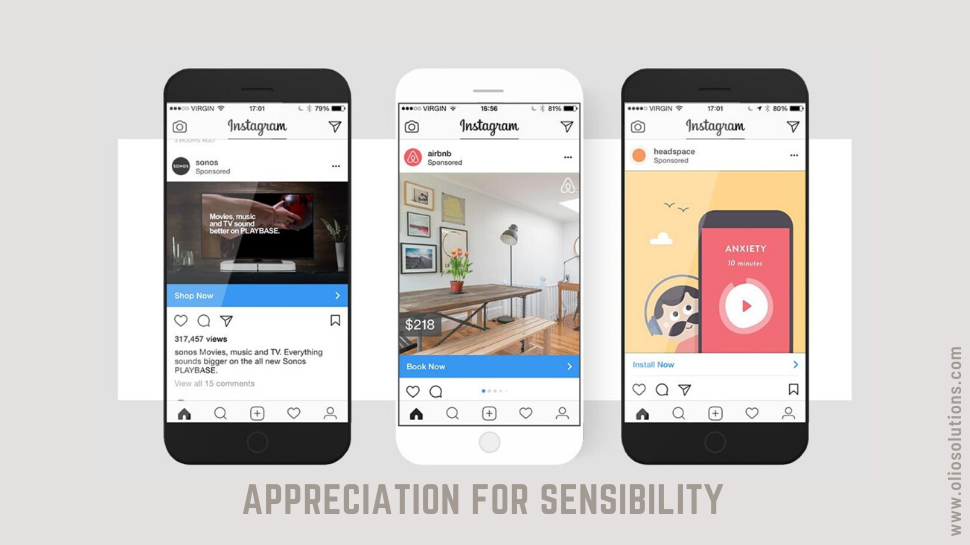
Increased Engagement:
Most of the users have started creating content instead of just consuming it; from creating dance videos, tutorials for cooking, makeup to writing blogs. Most consumers are making use of their time to get creative and try something they didn’t have time for because of their busy schedules. It is seen that customers are also posting more and engaging more with posts on social media.
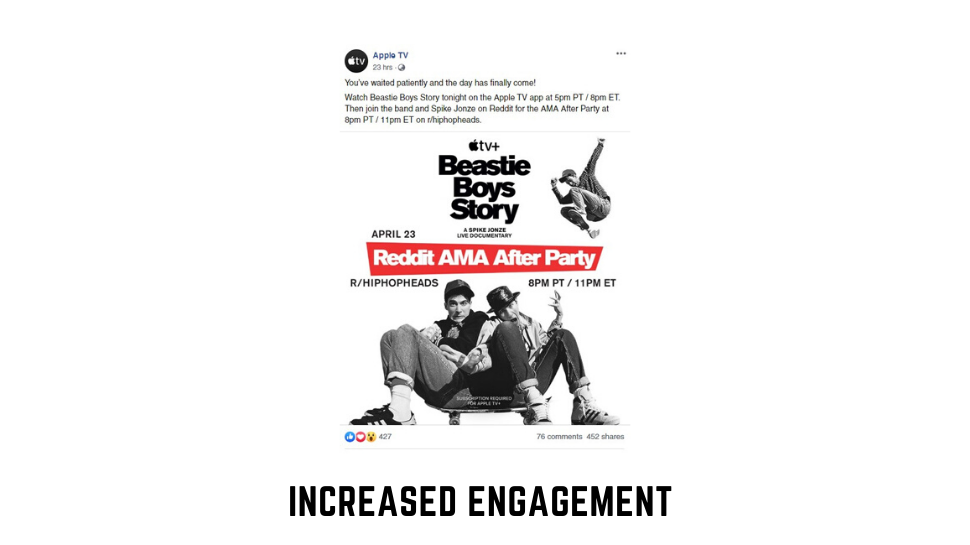
Increased active users across platforms:
The number of social media users was about 3.4 billion in 2019. As boredom strikes, users have started using more forms of social media platforms, increasing the number of active social media users. It was assumed that you get most engagements during a specific time of the day. As the customers are now mostly online; it is safe to say, it is always a good time to post.
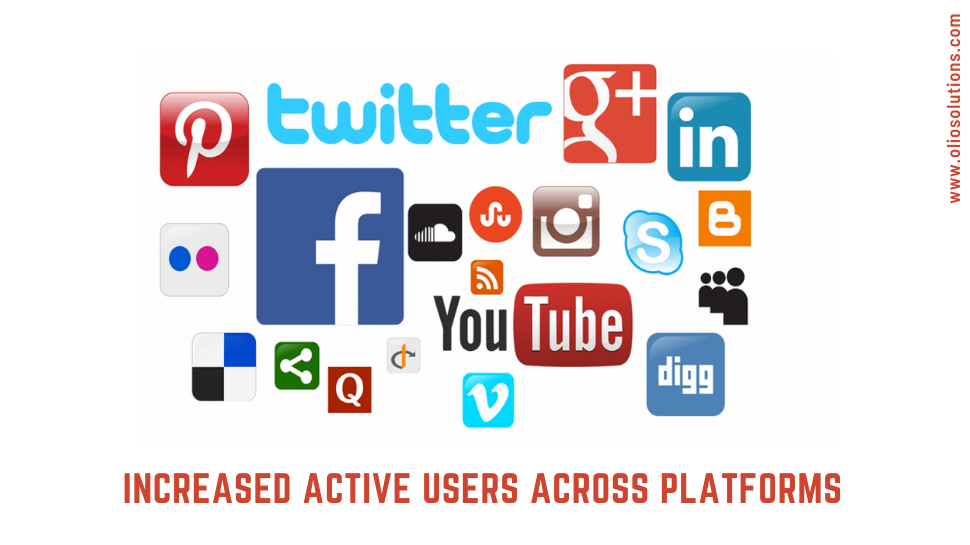
Change in content preferences:
Due to safety concerns, customers have stopped eating out or ordering in, which has
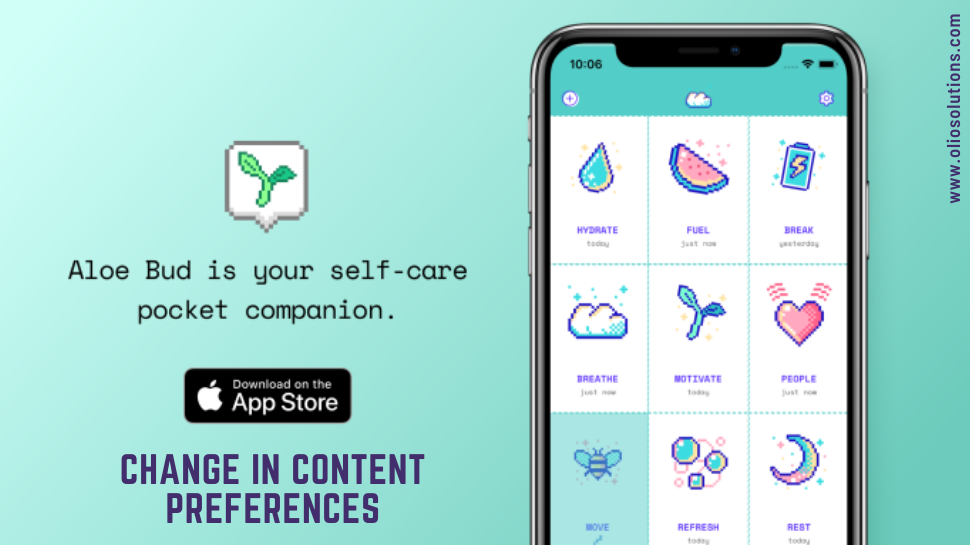
led to a substantial decrease in engagement with food and beverage sectors. On the other hand, as customers are trying to get the most of the lock-down by following or starting new self-care habits, a rise is seen in health and beauty trends. With growing concerns about job security, lock-down extensions, share market fluctuations, the engagement for finance and news has also increased.
Consumer behavior is bound to change with social cultural changes, which makes it essential for brands to follow a dynamic strategy for content curation and publishing. This can help brands to reach and connect with their audience effectively.

